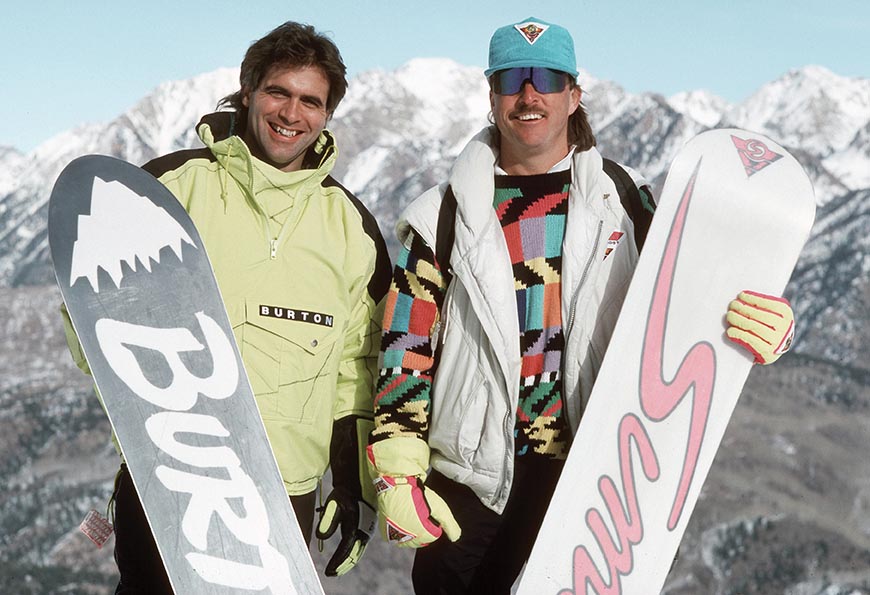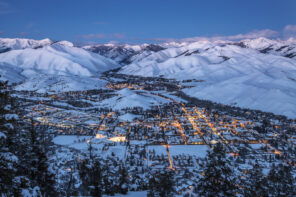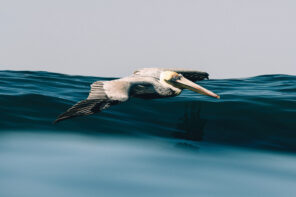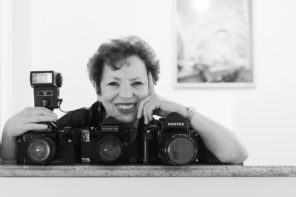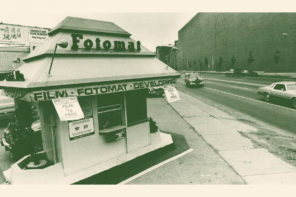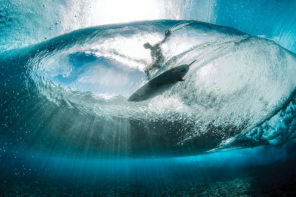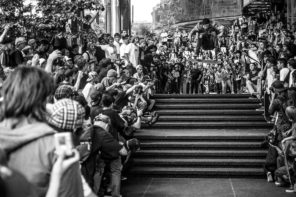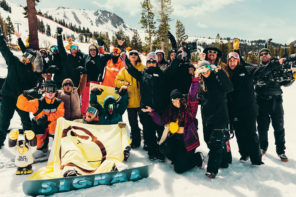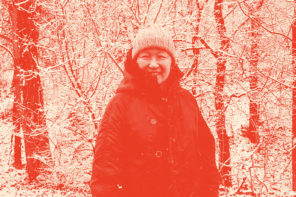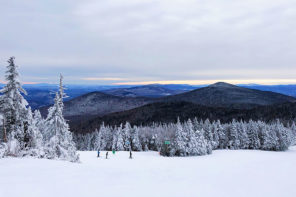Several years ago, when I was in between apparel sponsors, I decided to reach out to some of my friends at Burton. Graciously, they sent me a box, and when I opened it up, I noticed that most of the gear had the same feel of the gear I wore back when I was on the Burton pro team in my late teens.
Upon investigation, I found out that they were in the process of releasing a heritage collection. I thought to myself, who ever designed this gear has a true understanding of and love for the golden age of shred. Fast forward a few years and a buddy of mine, Scott Keating, tells me a friend of his is in Seattle and that I should meet him. That friend was Alex Dymond—the designer of the Burton heritage gear I received in that box.
Recently, Alex released Snow Beach—an unreal photo book that sheds light on snowboarding during the late 80s and early 90s, its characters and the amazing imagery that came from it all. With the book now out on the streets and catching a bit of a buzz, I caught up with him to find out more about his inspiration behind the project, why the golden era rules and more.
So why did you choose the era of snowboarding you did?
Partly because it was when I grew up snowboarding, also because to me it was the golden years of snowboarding, so to speak. I think it was a really cool period and interesting, formative time for snowboarding as well.
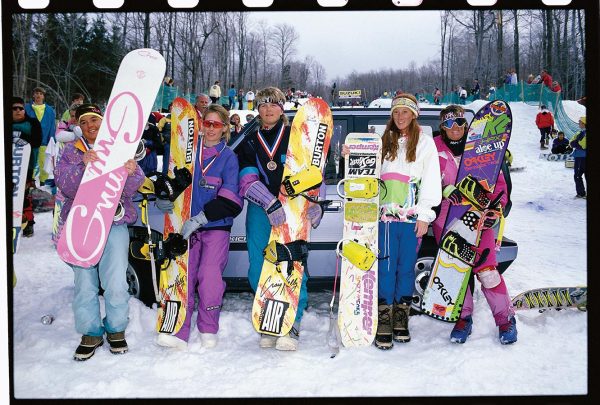
US Open, 1989. Photo: Jon Foster
You’re a city kid what was it that drew you to snowboarding?
Skateboarding did really, getting to go with the older New York skaters/pros and guys I looked up to always made driving up to Hunter Mountain, or this small resort called Sterling Forest in New York a super fun trip and special time in my life, especially since I didn’t really get to skate with them as much, it was just so much fun to be up there snowboarding and terrorizing the local hills.
What was your main goal in creating the book?
To select images that I felt represented snowboarding the way I remembered it from my youth. Also, to get young riders stoked on the images I loved from the magazines, company catalogs, and such, which they might not have seen. I think the pictures are very inspiring and they helped shape my life and I think they will help keep snowboarding going in the right direction, you have to know where you came from to know where you are going.
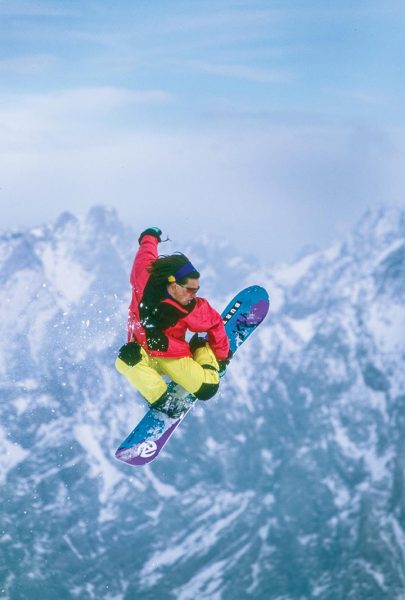
Jeff Brushie, 1992. Photo: Rod Walker
What were your favorite images or image from the book and why?
Every time I try to name just a few I can’t because there are so many favorites. Even so many I loved that I had to cut due to space. I tried my best to get smaller/local riders in the mix as well as the staples. Which wasn’t always easy as I think often photographers have a habit of scanning their bigger, more famous shots, which of course is understandable, especially since scanning slides is a tedious, time-consuming, and boring process.
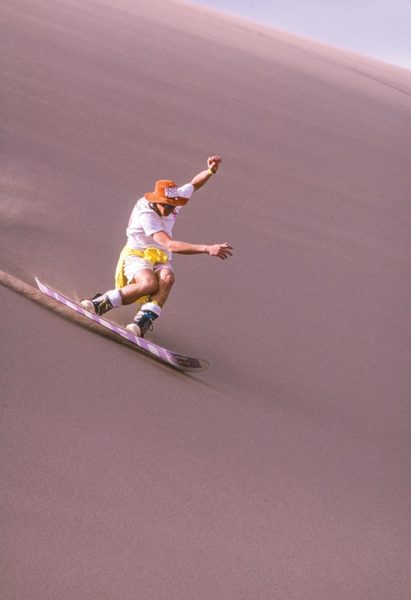
Jason Ford, 1990. Photo: Rod Walker
How many different photographers did you use for the book?
About 15 different photographers total. A lot of them shot skateboarding and even some surfing, which I thought was really interesting and telling of the time.
Were they receptive or did they just think. “Oh, here is some city kid who doesn’t know the history?”
Some took a bit longer to get onboard and have them trust me, it took some proving here and there, but they have all been great to work with. I hope more photographers continue to dig into their archive and start scanning all of their slides and disseminate the rest of their images one way or another, so many priceless images out there, sometimes trapped in slide format still. I think it’s really important to get these images into rotation, inspire the youth, and celebrate the amazing history of snowboarding.
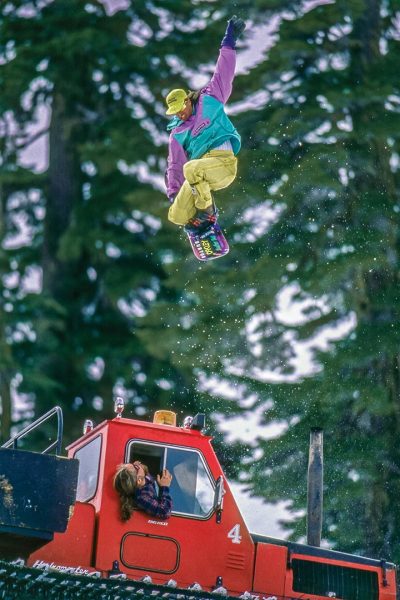
Jason Ford, 1992. Photo: Rod Walker
Do you or have you worked in the snow/action sports industry? If so who for and did you like it?
I grew up working in skate shops and stuff like that. I worked for Supreme for a decade or so. Most of the work I do is fashion design. I did an outerwear line for Burton that was called Burton Heritage. Meeting Todd Kohlman at Burton and being friends with him over the years was a big inspiration for the book as well. For the most part I have liked working in skate, snow, and surf. A lot of the time it’s been working with friends.
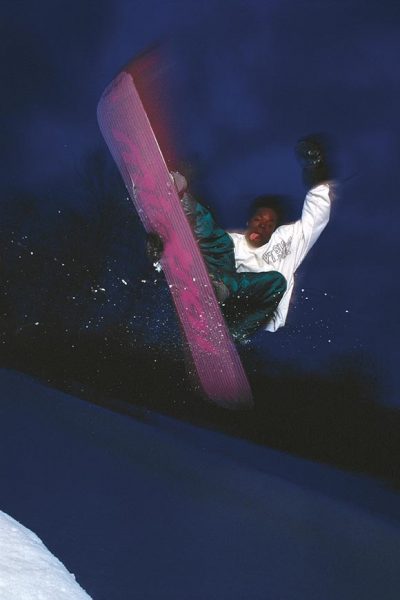
Russell Winfield, 1991. Photo: Trevor Graves
How long did it take for you to curate the book and get it published?
About a year and a half when all was said and done. It was a lot of work; emails, chasing images down, getting people on board, working with the publishing house, etc. It was a passion project for sure, but the process was totally worth the hard work. Especially being able to go through all the images, so many shots that I wanted to put in the book but had to edit them down, that was the hardest part.
Was this a solo project or did you work with somebody?
I had help and support from friends along the way, but mostly myself.
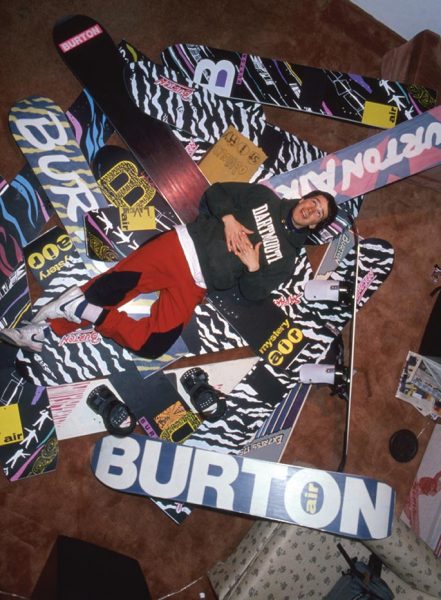
Noah Brandon, 1989. Photo: Trevor Graves
What was the one thing you learned from the book that surprised you?
One of the biggest surprises was how many images haven’t been scanned from slide format, or have been misplaced or are stuck in storage somewhere. It’s easy to forget all of these shots were taken with film. Digital cameras and all the technology we have today didn’t even exist then!
How often do you get to the hill these days?
Not as much as I would like, as work and such often get in the way. However, I always plan a trip or two for the winter and try and get up for day trips a handful of times. I have a few bucket list mountains and trips to cross off the list still. I think you should always have those and keep pushing yourself.
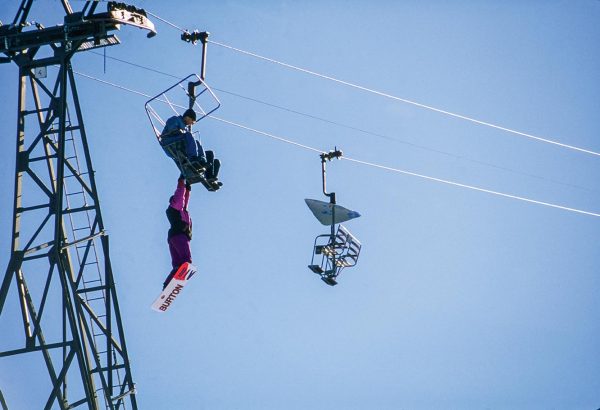
Craig Kelly, 1992. Photo: Rod Walker
I know you spend some time in Seattle. How do you feel the culture on the West Coast is towards outdoor sports compared to the East Coast?
I would say Seattle is more advanced and interested in outdoor sports compared to New York, although, the mountains and outdoor lifestyle is much closer and more accessible in Seattle. In New York, most of the local mountains are an hour or so at the very least in proximity to Manhattan. You can even get out to surf in New York easier than snowboard, although, there are street features and Central Park when a big snowstorm hits the city! Ice Coast and some East Coast locals will post cool footage when it snows in New York and the Tri-state area.
As far as feedback goes, who has had the best response?
Weirdly outside of the snowboarding industry has seemed to be a bit more interested in the book so far. Go figure?!
Get yourself a copy of Snow Beach and stay up to date with Alex and his projects via his Instagram. Also, if you’re really feeling the golden era of snowboarding, check out our interview with Todd Kohlman, Burton’s archivist and man behind their R&D lab.

